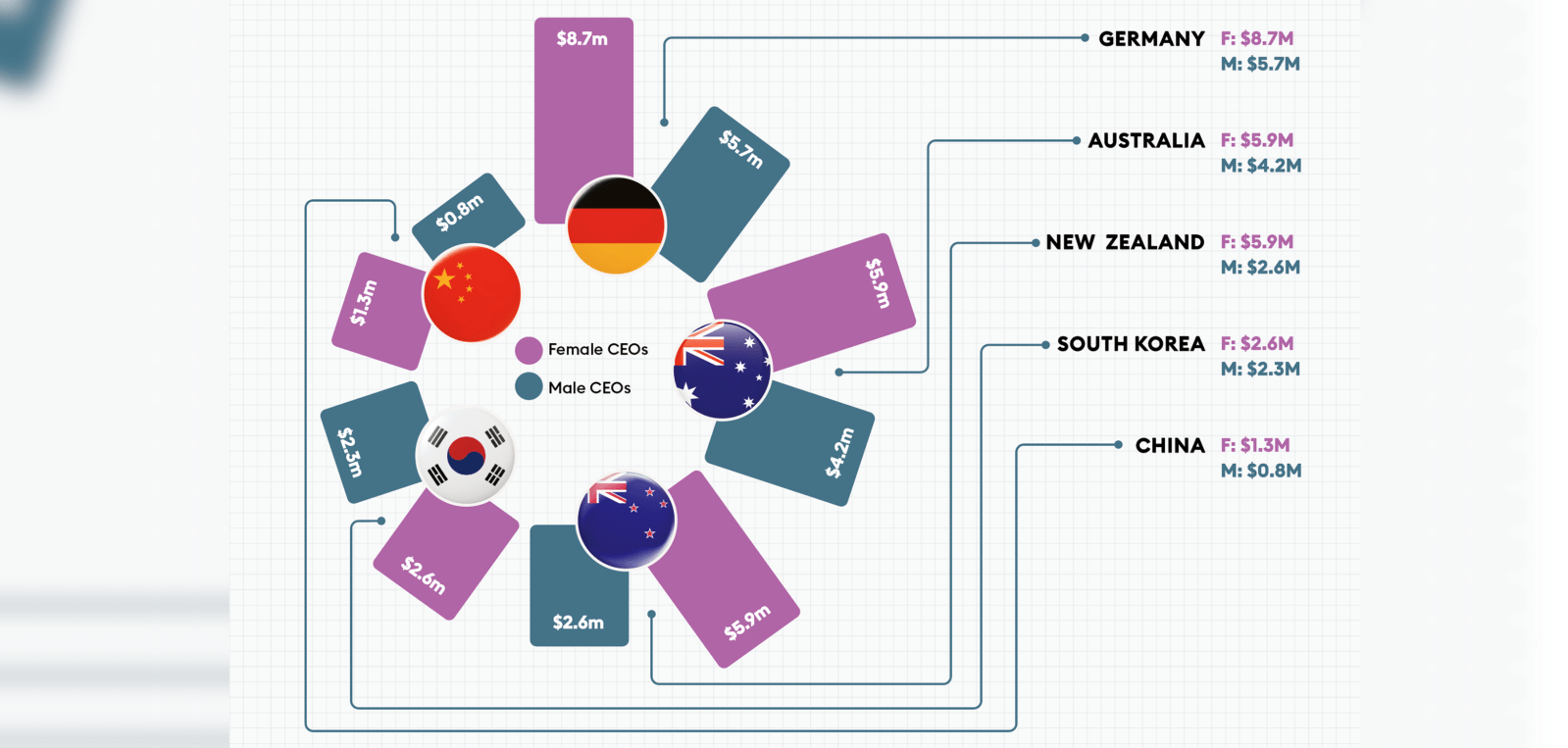As more natural disasters send insurance premiums soaring, data journalist JULIETTE O’BRIEN investigates the potentially profound ripple effects for Australia’s financial system and its likely cost.
Home insurance is the canary in the climate change coal mine. According to the Reserve Bank, catastrophe-linked insurance claims have exploded by nearly 50% over the past five years.
Who foots the bill?
First, insurance companies. Insurer losses peaked at a 5-year average loss of $8.41 billion in 2022, following H several years of consecutive extreme disasters. (Chart 1).
Underwriting risks and costs for home contents insurance are growing. In June 2022, the average cost per policy to insurance companies was 150% higher than the previous year. (Chart 2).
Companies are passing these costs onto consumers through higher premiums. ABS data shows households are spending 17% more on insurance. (Charts 3 and 4).
Some regions suffer more than others, with the Northern Territory and Queensland hit hardest. At a local level, NSW regions have suffered the steepest premium hikes since March 2022. (Charts 5 and 6).
SOARING PREMIUMS ARE SQUEEZING HOUSEHOLDS
As insurance becomes unaffordable, consumers are resorting to under-insurance, higher deductibles or no insurance at all.
In 2019, the ACCC reported the country-wide rate of home noninsurance was 11%. In Northern Australia, it was nearly double at 20%.
In January this year, a Compare the Market survey of 1005 Australian adults found more than a quarter (26.5%) did not have home or contents insurance for where they lived.
BANKS ARE ANALYSING THE RISKS TO THEIR PORTFOLIOS
CommBank, which publishes the most comprehensive climate report from Australian banks, estimates $30.1 billion (2.2% of its consumer lending portfolio) is exposed to high physical risks via residential mortgages. (Chart 8).
In 2021, the RBA warned property prices do not reflect climate risks. This means values ‘could decline sharply’, leading to credit losses for banks.
As banks tighten macroprudential policies, aspiring borrowers are looking elsewhere.
Since 2015, mortgages from non-bank lenders have grown nearly 15% on a six-month annualised basis – more than twice the rate recorded by banks. (Graph 10).
Non-bank credit only accounts for about 5% of the lending market, about half its share before the global financial crisis. However, the RBA warns that these lenders are less regulated and riskier.
All of this leads to a redistribution of risk. Communities are taking on more.
When the next disaster strikes, highly leveraged, underinsured or completely uninsured households will feel the pain. This will ripple through the local businesses and economy.
GOVERNMENTS ARE STEPPING IN
The Cyclone Reinsurance pool tries to make insurance more affordable by reducing the cost of reinsurances – a major factor driving up retail insurer costs. The pool covers cyclones and related flood damage with a $10 billion government guarantee.
Who pays for climate change? Ultimately, the taxpayer.
DATA SOURCES: Finity; Reserve Bank of Australia; Australian Bureau of Statistics; Insurance Council of Australia; XDI Climate Valuations



